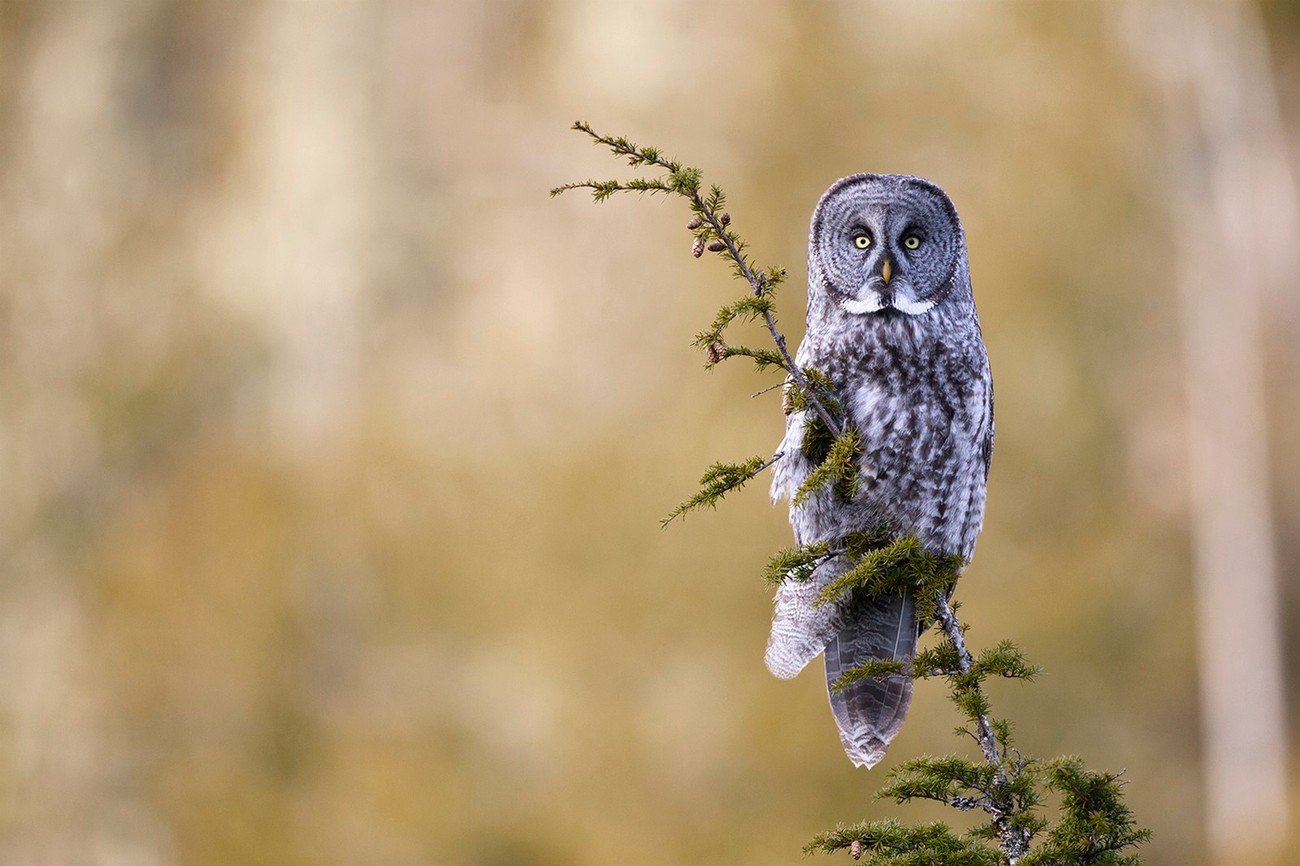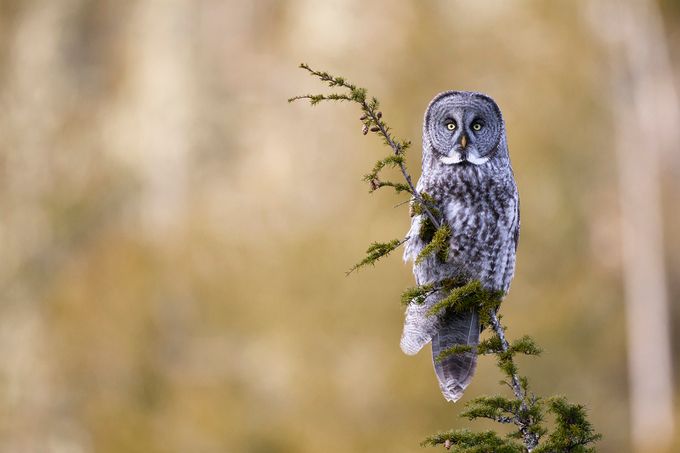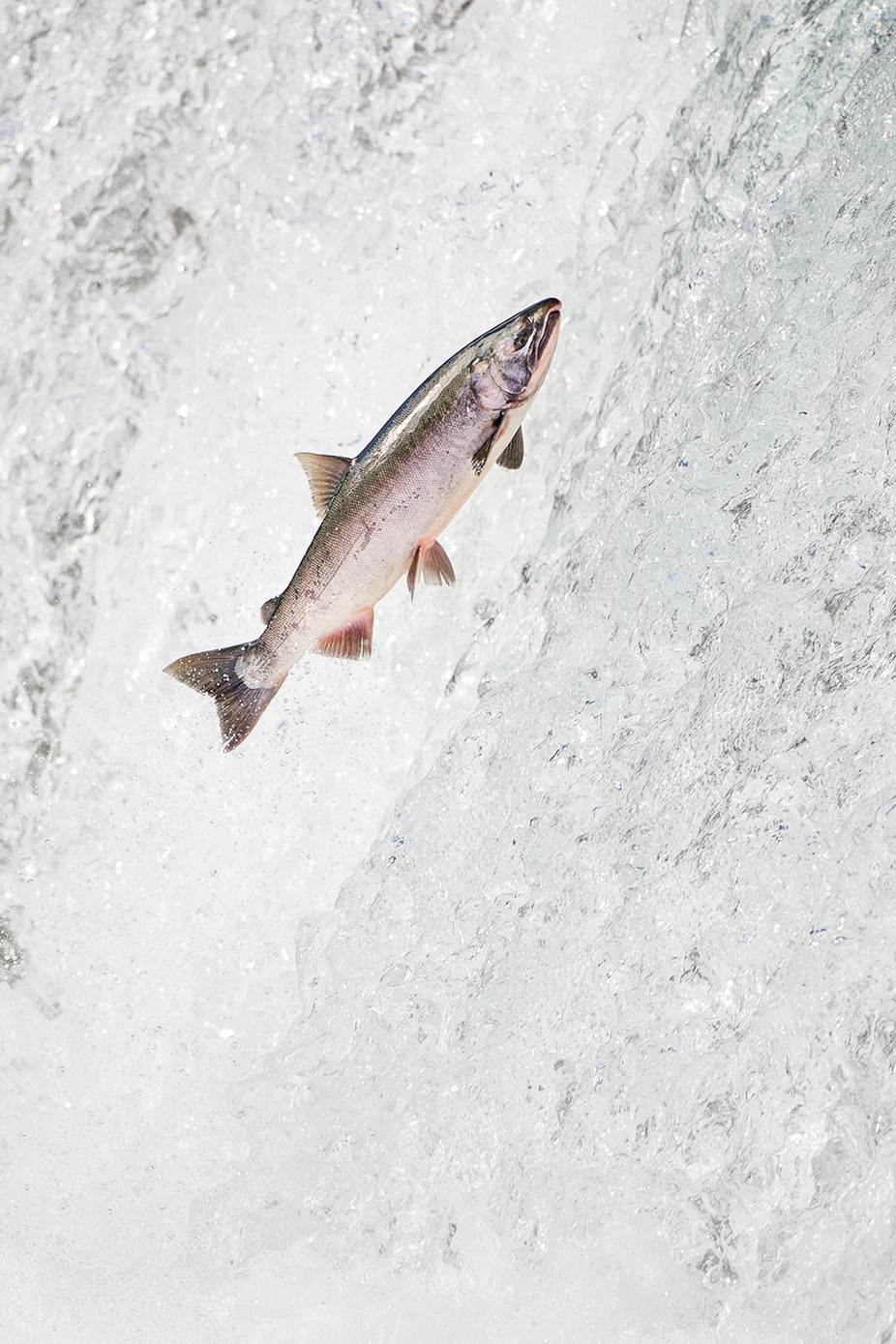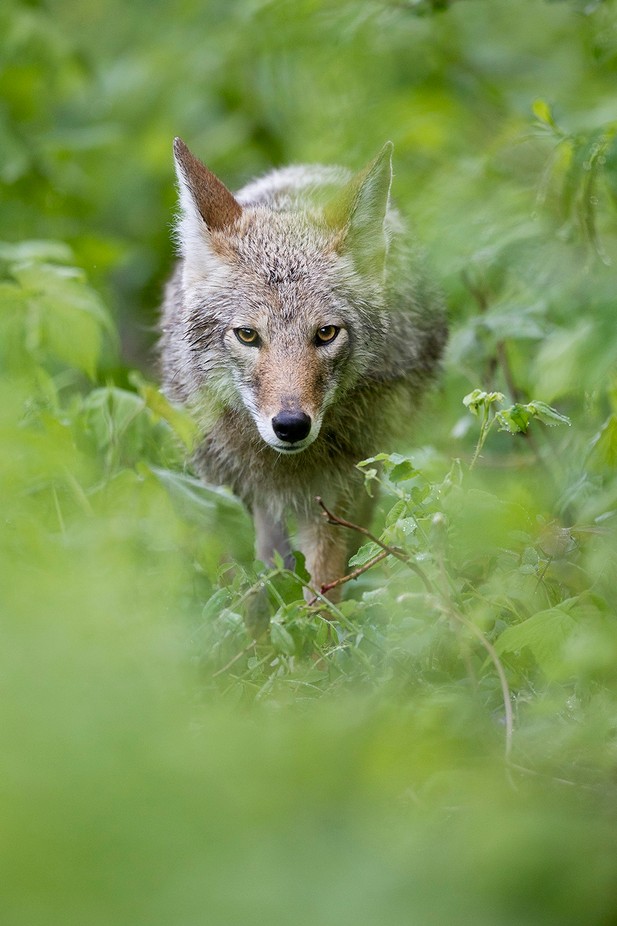There are a lot of things to keep in mind when it comes to nature and wildlife photography. You will be out in the wild for a long time; from sunrise to sunset or maybe many days in a row, and it is important to stay safe. Also, it is important to bring photography tools such as the tripod and non-photography tools such as waders. We asked our community member Brandon Broderick (brandonbroderick) if he could help us and share his tips when it comes to getting that perfect nature or wildlife photo. Below you’ll find Brandon’s Tops 7 Nature Photography Tips.
1. Know Your Subject
When it comes to wildlife photography, nothing is more important than knowing the subject you’re after. This could mean knowing the time of day/night a bird or animal is active, or when it will be in a certain area. It could also mean understanding behavioral traits that will help predict what the animal is about to do. Knowing your subject will really put the odds in your favor when it comes to photographing wildlife.
2. Play With Perspective
Standing behind your tripod with the camera perfectly at eye level is the most comfortable shooting stance, but try placing your camera lower to the ground or water (be careful with this one), or higher up for that matter. It will offer a new perspective on the scene!
3. A Non-Photography Tool: Waders
Waders might be one of the most important non-photography tools for nature photography. They allow you to enter shallow bodies of water that may have previously been un-accessible, giving you access to new areas and compositions. Please use caution around moving water, and still water for that matter, and wear a life jacket when the situation calls for it.
4. A Photography Tool: Tripods
A tripod is a key part of the nature photography setup. Whether you’re trying to get that silky effect with flowing water, or capturing the star filled night sky, you’ll be happy you have a tripod with you. A tripod will also help keep your camera steady when shooting in dark areas such as a forest, or photographing wildlife that’s only active at dawn and dusk.
5. Sunrises & Sunsets
Shooting at sunrise and sunset allows for great opportunities to capture landscapes in soft, warm light. These times of day also happen to be when most wildlife is active, providing even more shooting opportunities.
6. Rainy Days Are Great As Well
This one has more to do with wildlife but shooting rainy landscapes can also offer a unique view of a scene. When it comes to wildlife photography, rainy days allow you the chance to capture wildlife in a completely different mood. My personal favorite technique for photographing wildlife in the rain is to use a fairly slow shutter speed to capture the drops of rain as they streak through the frame. Side tip: a garbage bag and a few elastic bands make a great, affordable, and packable rain cover.
7. Pay Attention To The Backgrounds
If you’re photographing a specific subject such as a bird or animal, try to pay attention to the background of the photo while in the field. Nothing is worse than capturing that awesome moment only to find that there’s a distracting branch or building in the background. If possible, try to keep the subject closer to the camera than it is to the background. This will help keep the background blurry and out of focus. Trust me, I understand it’s not always easy getting the animal in a non-cluttered spot, but sometimes all it takes is a couple steps in one direction and the entire scene changes.
For more beautiful nature photos taken by Brandon, visit his profile, website, Facebook and Instagram









